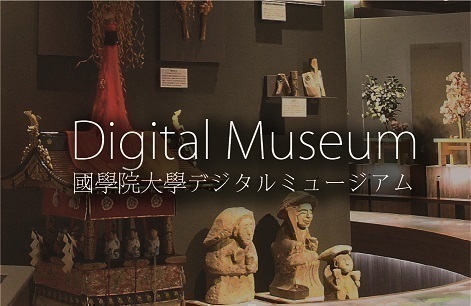- トップ
- Encyclopedia of Shinto
- Kawai Kiyomaru
Encyclopedia of Shinto
| Main Menu: | |
| Links: |
詳細表示 (Complete Article)
| カテゴリー1: | 8. Schools, Groups, and Personalities |
|---|---|
| カテゴリー2: | Personalities |
| Title | Kawai Kiyomaru |
| Text | (1848-1917) Shintoist and promoter of social education in the Meiji and Taisho eras. Born into a family of hereditary Shinto priests in Tōhaku District, Tottori Prefecture. Kiyomaru inherited the family priestly occupation after his father's death, serving concurrently in the positions of shashō (associate priest) at the shrine Taichigaki Jinja and gongūji (Provisional Chief Priest) at Ōgamiyama Jinja. He moved to Tokyo at the age of thirty, where the popular tide had turned in favor of European trends. Dismayed by the degradation of tradition and morals, Kiyomaru returned to his home village and established a belief he called Shinkyō (true teaching), founded on the worship of the Shinto deity Amenominakanushi no kami. Retiring from the Shinto priesthood, Kawai traveled to the capital, where he served for three years as advisor to Torio Koyata (1847-1905), Army General and politician of the Hoshu Chūsei (True Conservative) faction, during which time he also practiced Zen Buddhism, and was said to have been well versed in religious Daoism (shinsendō). Espousing the belief that the spirit of Japan is comprised of the three teachings of Shinto, Confucianism and Buddhism, Kawai established the shrine Daidōsha (Shrine of the Great Way) in 1888, and propagated a combinatory religious teaching called Nippon Kokkyō (National Religion of Japan) based on the concept that these three traditions were united. He dedicated himself to the dissemination of this teaching through various activities including the publication of a monthly magazine called Daidō sōshi, in the process attracting numerous sympathizers. Kawai died June 24, 1917, at the age of seventy. His works are collected in the ten-volume Kawai Kiyomaru zenshū. -Ōhara Yasuo |




